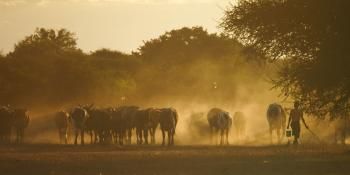New guidelines for use of agrobiodiversity in climate change adaptation planning

Guidelines to support inclusion of genetic diversity in national climate change adaptation planning now available.
At a recent event, the Commission on Genetic Resources for Food and Agriculture (CGRFA) endorsed the Voluntary Guidelines to Support the Integration of Genetic Diversity into National Climate Change Adaptation Planning. The guidelines have been the subject of both expert consultations and intergovernmental working group deliberations.
The new guidelines endorsed by the Commission, situated under the Food and Agriculture Organisation (FAO) of the United Nations, will be useful for stakeholders and policy makers who appreciate that agrobiodiversity has potential to help their country adapt to climate change, but are uncertain about how to include them in a systematic, comprehensive way in national-level adaptation plans.
The adoption and dissemination of the new guidelines should also help to raise awareness of people from non-agricultural sectors involved in adaptation planning who may not understand the contributions that genetic diversity makes to climate-resilient agricultural systems.
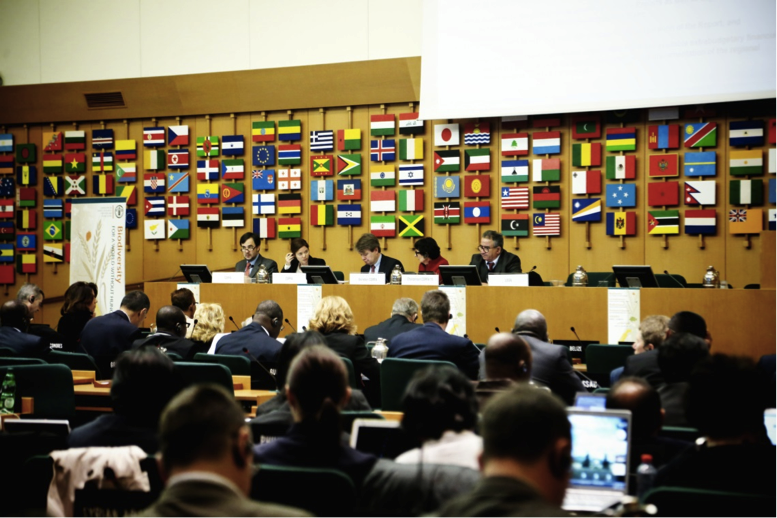
Photo: 15th session of the UN FAO Commission on Genetic Resources for Food and Agriculture, January 19- 23, 2015. Credit: Shawn Landersz
Contributing to the process
As part of a research project to complement and inform climate change-related policy processes, scientists from Bioversity International analyzed the extent to which agricultural biological diversity has been included in the 50 National Adaptation Programmes of Action (NAPAs) that have been developed to date, and in the follow-up implementation projects that have been supported by international agencies.
The results of the study are set out in a new CCAFS discussion paper, entitled 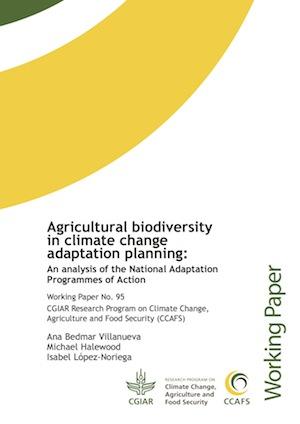 "Agricultural biodiversity in climate change adaptation planning: An analysis of the National Adaptation Programmes of Action" (PDF).
"Agricultural biodiversity in climate change adaptation planning: An analysis of the National Adaptation Programmes of Action" (PDF).
Lessons learned from the NAPA development and implementation processes will help countries as they move forward with the development of their 2nd or 3rd generation NAPAs, and the first generation of National Adaptation Plans (NAPs).
To facilitate discussion of the issues between experts in the field, and national and international policy makers, on January 19, Bioversity convened a side event on the first day of the Commission meeting entitled "The role of agricultural biodiversity in national climate change adaptation planning: analysing NAPAs".
High-level panel discussion
One of the panelists, Alexandre Meybeck, FAO senior policy officer on agriculture, environment and climate change, provided an overview of the current state of knowledge concerning the contributions of agrobiodiverity to climate resilient agricultural systems.
He pointed out that there are areas where we still have limited knowledge of the possible effects of climate change on agriculture and agricultural biodiversity. For example, we know very little about the effects of climate change on non-staple crops, on livestock and on wild foods.
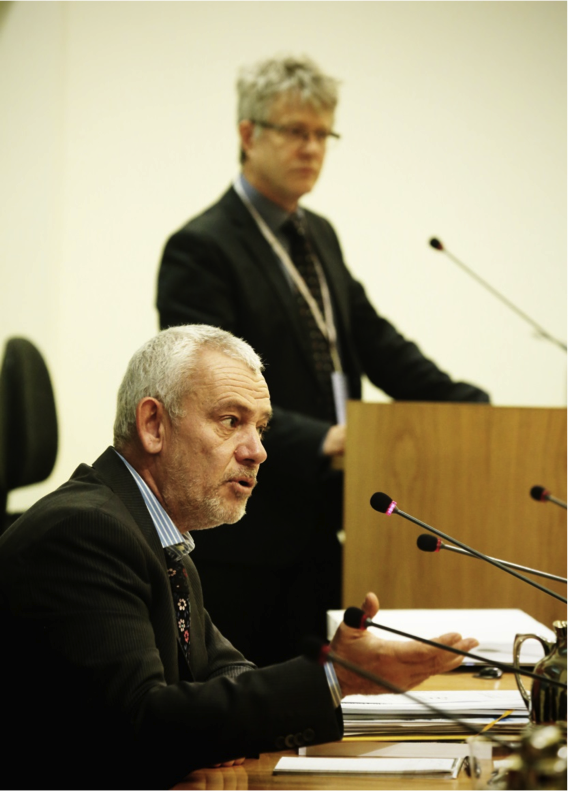 Mr. Meybeck also drew the attention of the participants to those issues which extend beyond countries’ territories and have regional or global effects.
Mr. Meybeck also drew the attention of the participants to those issues which extend beyond countries’ territories and have regional or global effects.
“How do we integrate regional and global matters on agricultural biodiversity in national adaptation planning?” Mr. Meybeck asked the audience.
The conservation of crop wild relatives and their use in plant breeding, and the availability of genetic resources for food and agriculture at a global scale, were mentioned as some of the issues that require attention beyond national planning and for which international collaboration is key.
Another panelist, Ana Bedmar, Research Fellow, presented the results of Bioversity’s analysis of NAPAs. The study identifies 48 discrete agriobiodiversity-related activities that appear in different combinations across the 50 NAPAs.
Forty percent of these activities are concentrated in just 11 NAPAs. And at the other end of the spectrum, ten NAPAs include no such activities, or just one or two. The agricultural biodiversity-related activities across the NAPAs tend to concentrate around research and development activities involving crops and forages. None of the activities focuses on issues further down the value-chain, for example, market development or other livelihood aspects.
Two of the 11 countries that include the highest concentration of agrobiodiversity-related activities in their NAPA are Laos PDR and Cambodia. Mali reflects the average level of inclusion of such activities in its NAPA. Representatives from these countries made presentations about their countries’ NAPAs and follow-up activities. And they reflected on factors that may have influenced the extent to which agrobiodiversity is (or is not) integrated into their national plans.
Bounthong Bouahom, Director General, National Agriculture and Forestry Research Institute (NAFRI) described the NAPA development process in Laos PDR. He stressed that the pre-existence of a national agricultural biological diversity policy contributed to the fact that agrobiodiversity is relatively widely appreciated in the country, and set the stage for its incorporation into the Laos PDR NAPA.
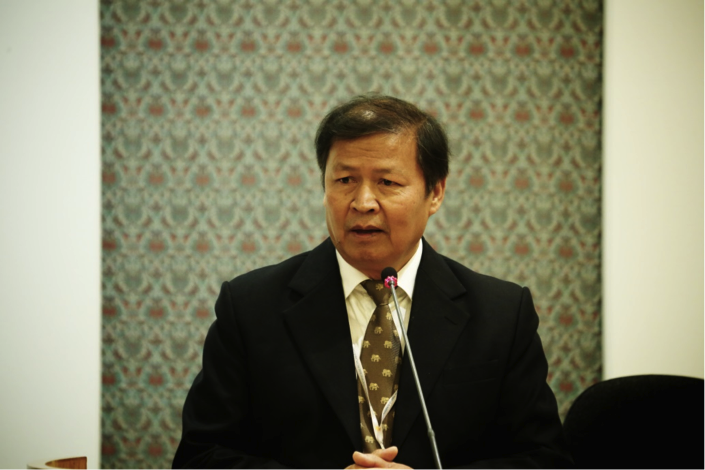
Photo: Bounthong Bouahom, Director General, National Agriculture and Forestry Research Institute (NAFRI). Credit: Shawn Landersz
The fact that the watersheds that need to be managed as part of rice-production systems in the country are themselves biologically diverse, has increased appreciation of biological diversity in the country. He also attributed the participation of civil society, rural development and international organizations as influencing the inclusion of agrobiodiversity in the NAPA. Laos PDR is already implementing a number of projects that rely on agrobiodiversity to enhance the resilience of agricultural production systems in the country, for example, the IRAS project.
Ty Channa, Deputy Director, Cambodian Agricultural Research and Development Institute (CARDI), highlighted the influence on NAPA development of the National Strategic Development Plan in Cambodia which addresses cross-sectoral issues related to biological diversity. Like in Laos PDR, it appears that the existence of cross-sectoral committees and policies related to biological diversity, and agrobiodiversity in particular, was a contributing factor to the reception/inclusion of agrobiodiversity in the Cambodian NAPA.
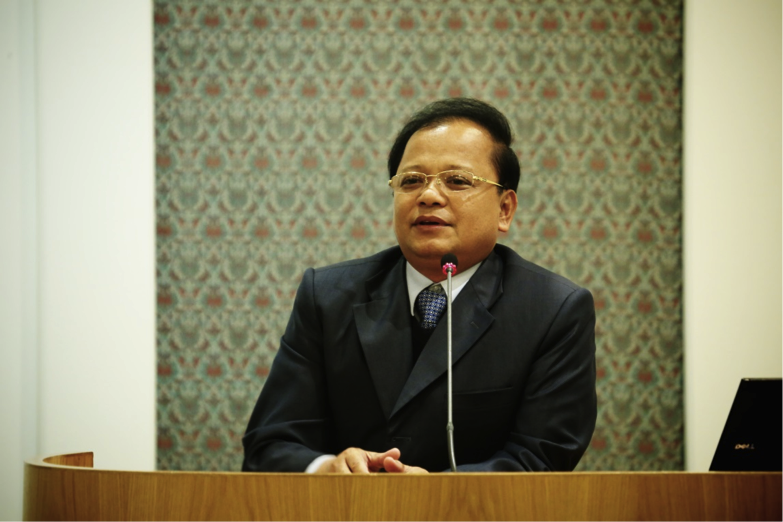
Photo: Ty Channa, Deputy Director, Cambodian Agricultural Research and Development Institute (CARDI). Credit: Shawn Landersz.
Amadou Sidibé, Head, Genetic Resources Programme, Institut d’Economie Rural, provided an overview of national climate change adaptation planning in Mali. He stressed that the long-standing vulnerability of Mali’s agricultural sector to variability in precipitation and drought since 1968 has sensitized the government to the climate change-related planning. The existence of some relatively high profile, internationally funded projects with agrobiodiversity components linked to climate change also likely contributed to the inclusion of some of such activities in the Mali NAPA. In addition, the AEDD (Agence pour l’Environnement et le Développement Durable) under the Ministry of Environment, which coordinates NAPA development, works closely with all departments that are involved in agrobiodiversity management.
Linda Collette, Secretary of the UN FAO Commission on Genetic Resources for Food and Agriculture, introduced the programme of work related to climate change that was adopted by the CGRFA during its 14th session in 2013.
The programme promotes understanding of the importance of genetic resources for food and agriculture for food security, nutrition, ecosystem services and agricultural system resilience in light of climate change.
It also provides technical information to enable countries to understand the role of genetic resources for food and agriculture in climate change mitigation and adaptation. The Voluntary Guidelines to Support the Integration of Genetic Diversity into National Climate Change Adaptation Planning were developed in furtherance of these objectives.
Ms Collette underscored that the guidelines are deliberately structured to mirror, and complement, the 17 step process set out in the (not sector specific) NAP technical guidelines that were previously developed by the Least Developed Country Expert Group (LEG) under the auspices of the UNFCCC.
Ms Collette also highlighted FAO’s work on the development of a supplement on Agriculture, including agriculture, forestry, fisheries and aquaculture, to the NAP technical guidelines. She also announced a new book, Coping with climate change – the roles of genetic resources for food and agriculture launched on that very day. A number of scientists from CGIAR Centres, and from CCAFS in particular, are authors of chapters in this book.
Later in the week, during the Commission meeting, on behalf of CCAFS, Bioversity International made an intervention highlighting lessons learned from their research and issues raised at the side event. CCAFS went on record to express appreciation for past opportunities to contribute to the development of the guidelines, recognize their potential utility, and express its willingness to investigate ways to support their initial ‘piloting’ in national policy making settings once they were adopted.
These voluntary guidelines, as endorsed at the Commission’s Fifteenth Session, will be brought to the attention of the FAO Conference, the Governing Body of FAO, in June 2015, for its adoption.
Download Discussion Paper: Agricultural biodiversity in climate change adaptation planning: An analysis of the National Adaptation Programmes of Action, Bedmar VA, Halewood M, Lopez Noriega I. 2015. Agricultural biodiversity in climate change adaptation planning: an analysis of the National Adaptation Programmes of Action. CCAFS Working Paper no. 95.
Related resources:
- Blog: Preserving genetic diversity: a climate change solution - about the FAO book on genetic resources for food and agriculture
- Blog: Positioning genetic resources for food and agriculture in the climate change agenda
Written by Michael Halewood, Policy Theme Leader, Bioversity International, and Isabel Lopez Noriega, Legal Specialist, Bioversity International.
If you have comments or proposals for the Discussion Paper "Agricultural biodiversity in climate change adaptation planning: An analysis of the National Adaptation Programmes of Action" feel free to get in touch with the paper authors: Michael Halewood [m.halewood[at]cgiar.org] and Ana Bedmar [a.bedmar[at]cgiar.org]


